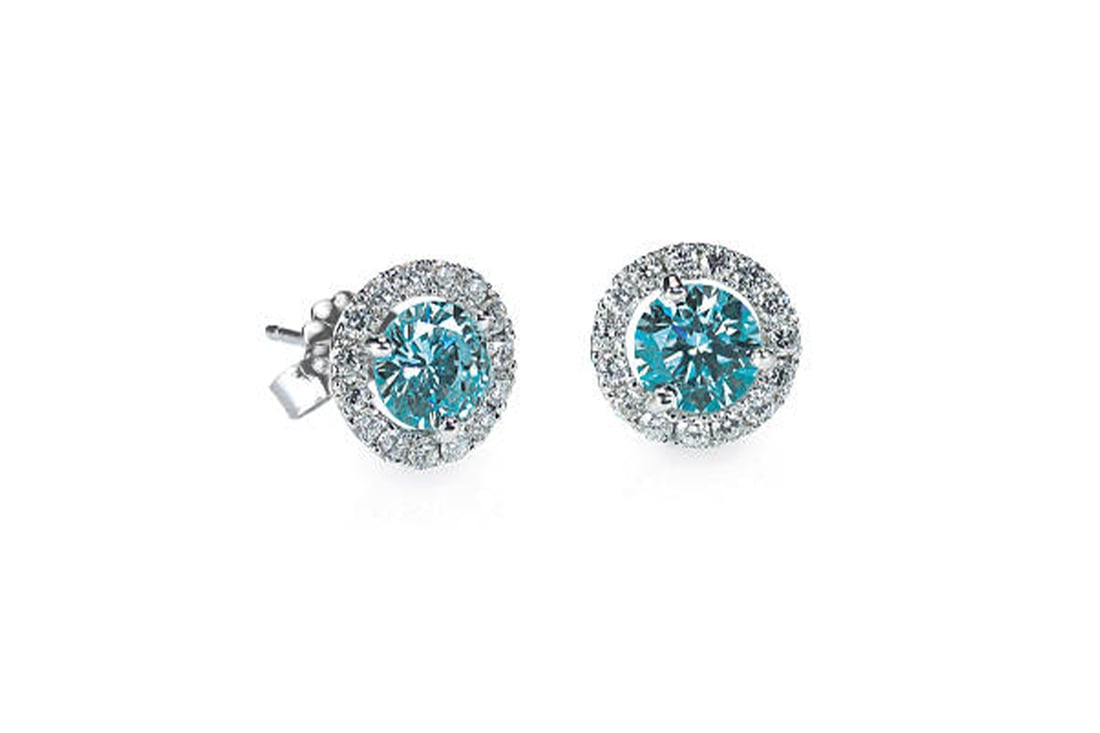The Color of High Quality Aquamarine
One of the most important characteristics of aquamarine is its color. High quality aquamarine is prized for its amazing blue shade which ranges from light blue to greenish-blue. The best quality stones have a vibrant blue hue with few inclusions or blemishes that could affect their brilliance or transparency. The more intense the color, the more valuable the stone. However, it's important to note that some aquamarine stones that have a greenish tinge may be valued more than those that are pure blue.
Clarity and Transparency
Another factor that contributes to the value of high quality aquamarine is its clarity and transparency. The best stones are almost completely clear, with little to no visible inclusions or impurities. The transparency should be high as well, allowing light to pass through the stone unobstructed. Any inclusions will affect the stone's beauty and reduce its value. However, it's worth noting that some inclusions can give aquamarine stones a unique character and they may still be valuable if they have other desirable qualities.
Cut and Shape
Like other gemstones, the cut and shape of an aquamarine gemstone is essential to its beauty and value. A well-cut aquamarine should reflect light evenly and bring out the stone's best features. The cut will also affect the way the stone looks when set in jewelry. Oval and cushion cuts are popular for aquamarine stones, but other fancy shapes such as pear, emerald, and trillion are also used. The key is to find a cut that highlights the beauty and brilliance of the stone.
Size and Carat
When it comes to aquamarine, the size and carat of the stone also play a role in its value. Larger stones are more rare and therefore more valuable. However, it's important to balance size and quality, as a poorly cut or low quality larger stone may be less valuable than a smaller, high quality one. Carat weight is also a factor, with larger stones typically being more expensive. Carat weight is often used to approximate the size of a stone and is a major factor in pricing.
Aquamarine Treatment
While natural aquamarine is typically more valuable than treated stones, treatments like heating, irradiation, and diffusion are common to improve the color and clarity of low quality stones. Heat treatment can help enhance the color of the stone, while irradiation and diffusion can improve color and clarity. It's worth noting that any treatment should be disclosed by the seller to the buyer, and treated stones may be less valuable than untreated ones.
Origin of the Gemstone
The origin of the aquamarine can also affect its value. Some locations are known for producing high quality aquamarine stones, such as Brazil, Madagascar, and Zambia. Stones from these areas may be more valuable due to their rarity or unique characteristics. It's important to get certification from a reputable gemstone lab to verify the origin of the stone.
Aquamarine and Jewelry
Aquamarine looks particularly stunning when set in a range of jewelry pieces. Rings, bracelets, earrings, necklaces, and pendants can all make for stunning settings, especially when paired with white gold, platinum, or sterling silver. Adding small accent diamonds can provide added sparkle and value. When choosing settings, a simple, yet elegant, design will help the stone shine and give any outfit a touch of sophistication and elegance.
Caring for Aquamarine Jewelry
Proper care is essential to keep aquamarine jewelry looking its best. It's important to avoid contact with sharp objects or other jewelry that might scratch the stone’s surface. When cleaning aquamarine jewelry, gentle soap and water (or a mixture of warm water and ammonia) can be used. Also, soaking in warm water combined with mild dish soap can help to restore its brilliance, followed by careful rinsing and drying with a soft cloth. Avoid using ultrasonic cleaners or steam cleaning devices that could damage the gemstone.
Aquamarine Alternate Options
If you're looking to purchase an aquamarine but not sure about the cost, there are alternative options. Synthetic aquamarine, also called lab-grown, is becoming increasingly popular due to its low cost. While it’s not natural, it has the same chemical and physical properties as a naturally occurring stone, and it can be virtually impossible to tell the difference between a synthetic and natural aquamarine. Additionally, blue topaz, blue sapphire, and tanzanite have similar colors to aquamarine, while costing less.
The Best Places to Buy Aquamarine
When buying high-quality aquamarine, it's important to purchase from a reputable dealer. A brick-and-mortar store with a trusted reputation, or a well-known online seller can be a good choice. It’s essential to do your research, compare prices, and read reviews from different sources. Furthermore, certification by respected gemstone labs such as GIA and AGS can help verify the quality and authenticity of the stone.

